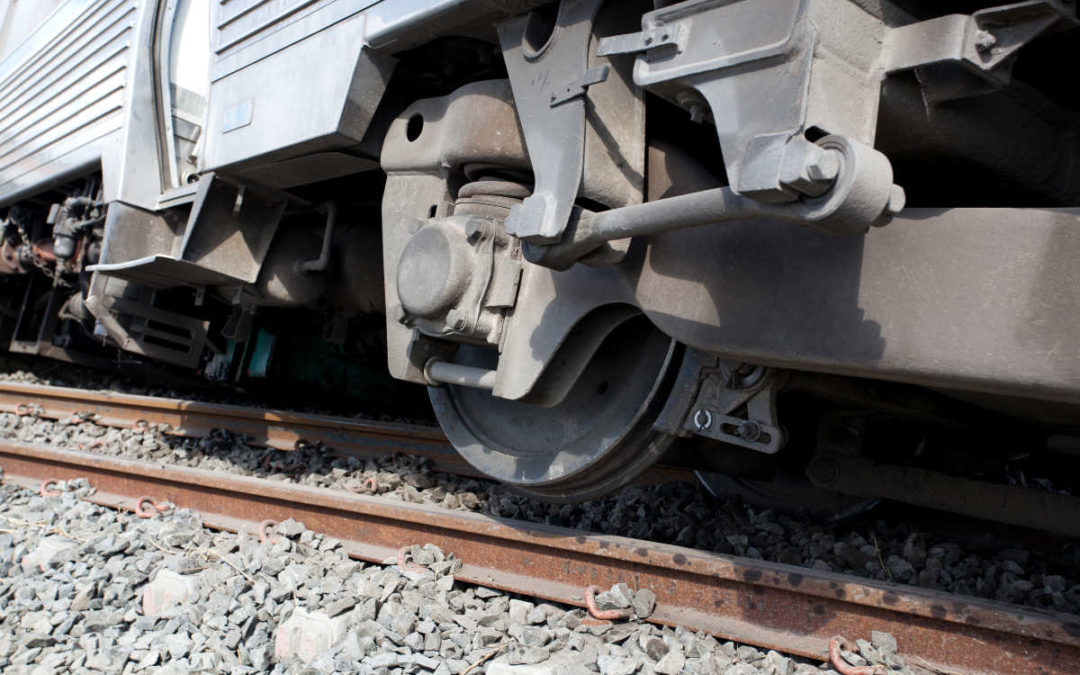Those who work with railway freight know that the public would be surprised if they knew what was rolling through on the tracks. America’s rail system is the safest method of transporting hazardous materials, but that doesn’t mean there aren’t serious risks. A train derailment could potentially release these materials over a large area and cause serious damage. At G&T Enterprises, we have years of experience assisting with derailments. If you’re considering using a rail system, G&T can help you be prepared for the worst.
1. Who Should You Call?
It’s important to know who to contact before a derailment happens. Your local FRA (Federal Railway Association) has railroad safety programs designed to assist railways with accidents and avoid risks. Contact the FRA to request information on the programs or training for which you have access.
2. Managing a Scene
Responding to a train derailment requires multiple departments to coordinate closely. In addition to firefighters and official railway employees, derailment response requires local emergency and public works services. Dangerous cargo may require specialists to assist in the cleanup. Make sure you have contact information for all the necessary response organizations.
3. Railway Resources
When a derailment occurs, every minute the track is blocked costs the railway money. It’s in the best interest of everyone involved for the track to be cleared quickly and safely. Railways can be an important resource for derailment response, providing vehicles, cranes, and other types of equipment. Get to know the local officials so you’ll be prepared the moment disaster strikes.
For derailment assistance in Chicago and throughout the Midwest, turn to the experts at G&T Enterprises. Call today to learn more.


Recent Comments